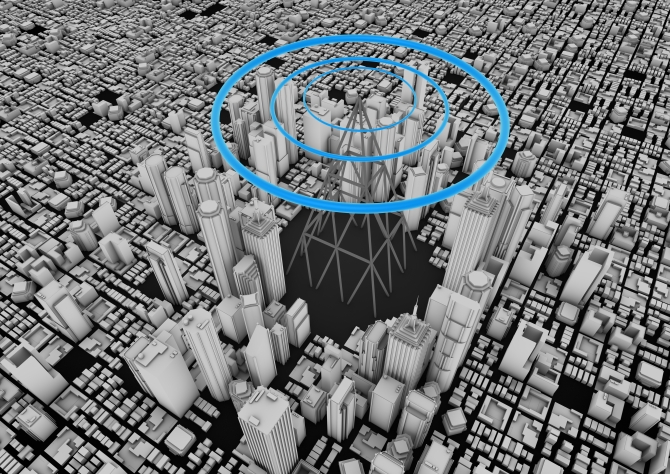It has become one of the most revolutionary advances in technology in decades. Last year we saw people printing cups, bike helmets and even food. The possibilities to indulge your imagination are endless, and, with that freedom, 3D printing seems to be here to stay – and logically it will have an impact on property development.

Last year, Winsun Decoration Design Engineering Co, a firm in China, successfully built ten homes in less than 24 hours using this very technology. The printer stands at 6.6 metres tall, 10 metres wide and 150 metres long.
With a mixture made from glass fibre, steel, cement, hardening agents and recycled construction waste, they were able to create accommodation that was deemed fit to live in. Sounds intriguing so far but what about the factor of costing? Well the cost of the properties was just £3,200 each.
Ma Yihe, CEO of Winsun, said in an interview with the Guardian that they are in the process of setting up factories in 20 different countries including Britain and Dubai with one hundred being built in China. He added that “The future of Winsun is as a technology company”.
Mr Yihe also said “We’re turning from a company focused on producing and selling construction materials to a company exporting technology. These houses you see are made by our first generation printer. We’re now developing generation six”. So it seems there is a slow expansion for this particular market, with greater things on the horizon.

Behrokh Khoshnevis, 3D printing pioneer at the University of California, said that in five years’ time, we will see lots of buildings being developed this way presumably including the commercial buildings, but will it be a good thing and what would it accomplish?
Cost is by far the biggest of the issues. However, with the use of recycled materials and other natural resources, getting a property built for a business would not take as much time and reduce construction costs considerably.
Then there is the increase in amount of properties that would be available. Currently, demand for London Grade A office space is outweighing supply and it looks set to remain this way for the next few years. If 3D printing became the industry norm then property could be built quickly which could boost the economy as more businesses are given the chance to expand.
According to Mr Khoshnevis, if a property development would be as simple as hiring a developer with a 3D printer and a flash drive, who could commence development on the new property straight away. Then they simply press the button to get started.
However, Amanda Levete, principal at architecture and design studio AL_A doesn’t share this enthusiasm. “It may come with economic cost at a small scale but in architecture, if we are not careful, this is at the expense of integrity,” she said.
Only time will tell if 3D printed property will become the norm. The technology has advanced rapidly and shows no sign of slowing down. One thing appears certain however – when the first commercial property is built using a 3D printer, the landscape will change.
Previous Post
Radisson Blu set for Birmingham Airport arrival